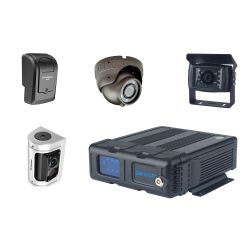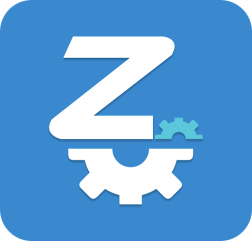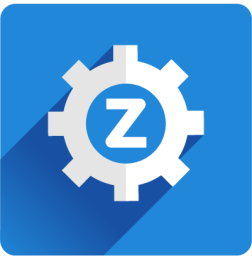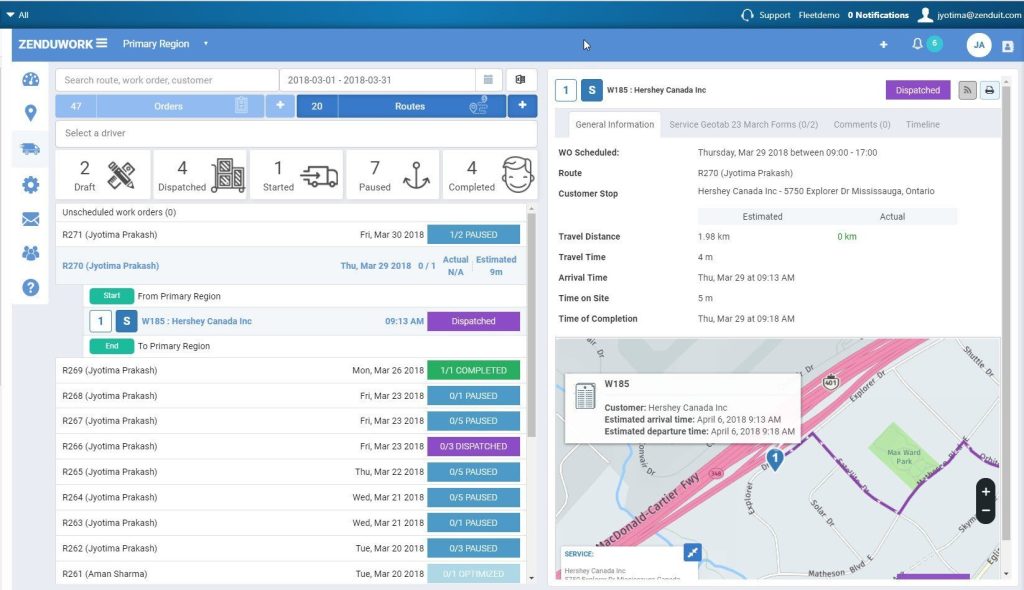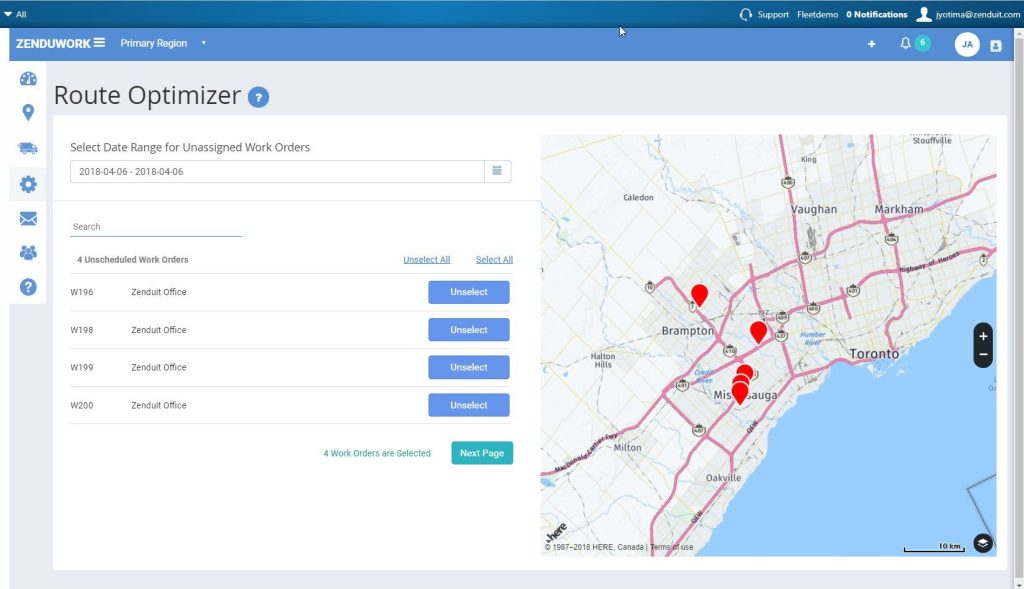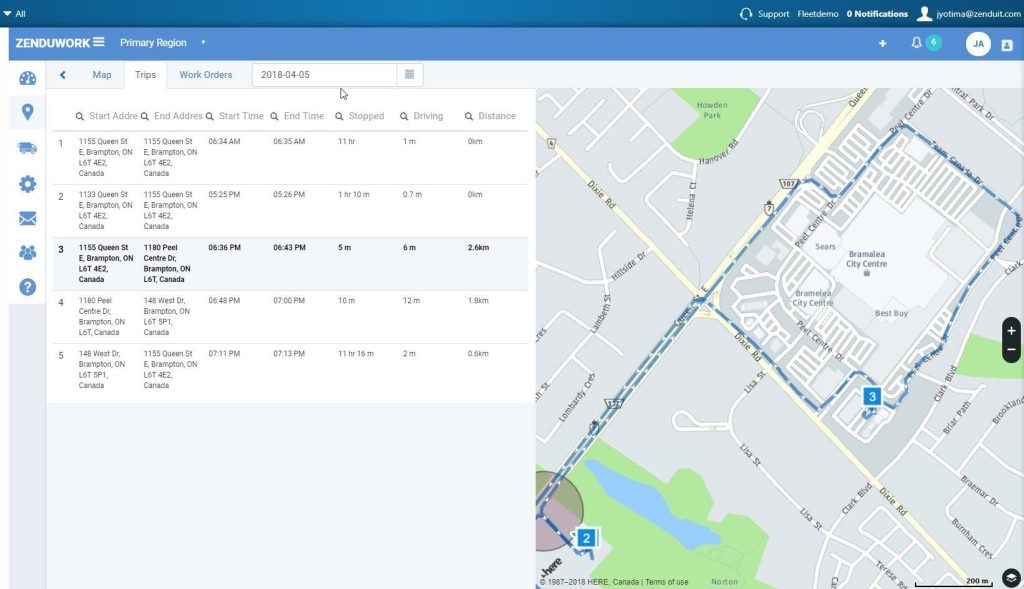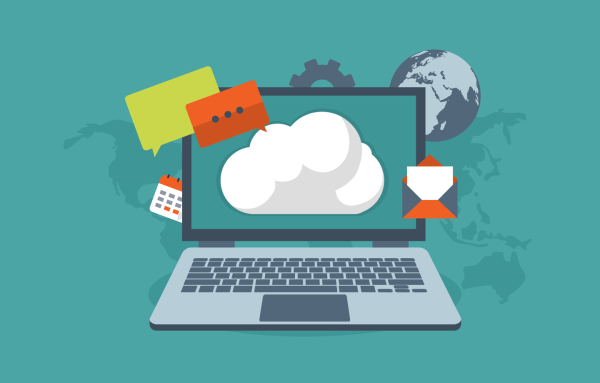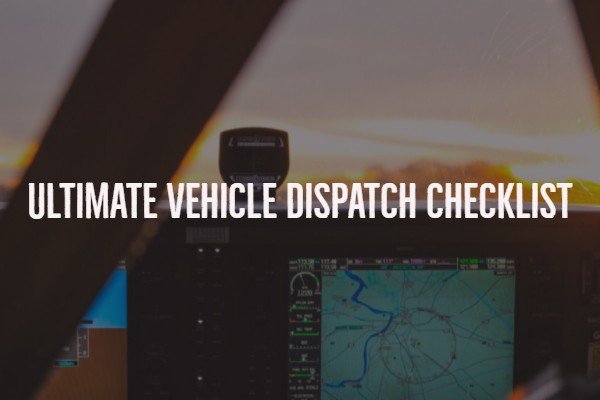
Who manages the frontline between clients and drivers? Dispatchers, of course! Dispatchers are responsible for a lot of duties. Some of the biggest items on the vehicle dispatch checklist include:
- Managing jobs
- Assigning jobs to drivers
- Coordinating operations
- Following communication protocol
Managing jobs
One of the biggest vehicle dispatch checklist items is managing jobs. Dispatching is a precise art because dispatchers have to arrange timely service on tight schedules. Two of the biggest challenges are managing schedules and managing routes.
Schedule Management
Who’s doing the job? Dispatchers are responsible for finding the correct employees for the job. For example, consider an Internet company. If my Internet company sent an employee who only knows how to drive and not how to fix my Internet, I’d be pretty upset! In that respect, dispatchers at an Internet service company have to consider a technician’s skills before scheduling a job.
Dispatchers also have to balance schedules. “It’s not always as easy as putting employees on a sheet,” commented a dispatcher. “I have to add new appointments around existing appointments, while making sure I assign a rep as quickly as possible.”
Route Management
How are employees getting to a job? In addition to managing schedules, some dispatchers have to plan an efficient route.
We previously discussed route management. In summary, finding the best route is not as easy as finding the shortest route. Dispatchers need to consider other factors such as safety rules or customer expectations.
Assigning Jobs to Drivers
After planning schedules and routes, the next step in the vehicle dispatch checklist is assigning jobs to drivers. There are typically two ways to assign jobs: manually and digitally.
Manual
Some companies use manual forms. Dispatchers are required to write or type info such as shipper name, destinations, stops, and special instructions. The instructions are then sent by paper, text, or email.
Software
As well, other companies choose to use dispatch software. Dispatching software automatically enter and send job info to drivers. Drivers can then view the job from their vehicle from a tablet, smartphone, or Garmin.
Coordinating Operations
Another big item on the vehicle dispatch checklist is being a driver’s wing person. In other words, dispatchers monitor driver location and updates them of any changes.
For example, dispatchers might reroute drivers if they notice things like bad weather or traffic delays. As well, some dispatchers review hour logs for accuracy. Being a wingperson is not a walk in the park!
Besides coordinating drivers, what else is important? Successful dispatchers build strong bonds with their drivers. This means knowing each driver by name and understanding them. Just like anything in life, it’s easier to work with people when people like each other!
Following protocol
Finally, dispatchers need to follow protocol. When was the last time you saw a dispatcher on TV or on a movie? You might have heard something like, “We have an officer down!”.
However, Hollywood dispatching might not always follow protocol. Especially in emergency services, dispatchers need to talk in a certain way. For example, police dispatchers are usually required to give 1) location, 2) nature of call, and 3) details, in that order.


